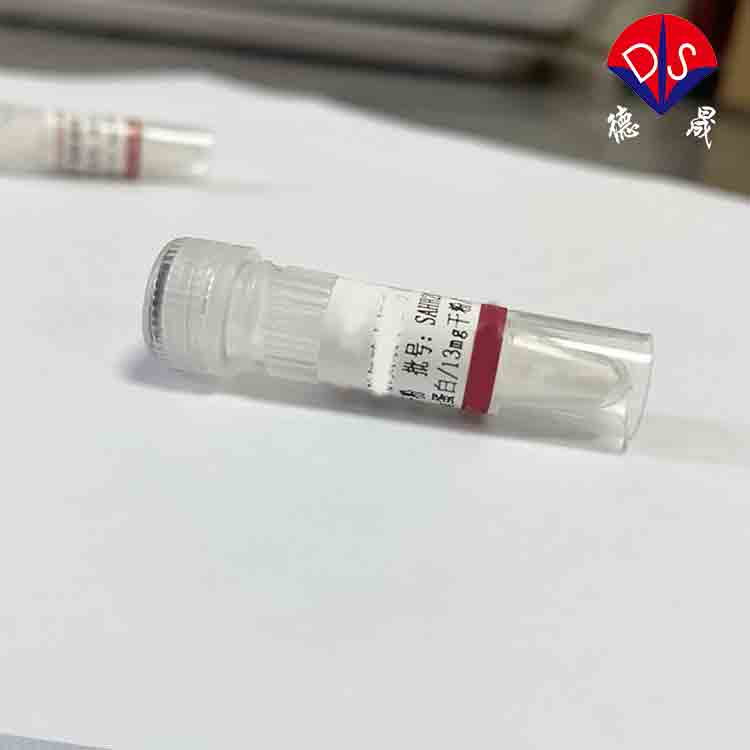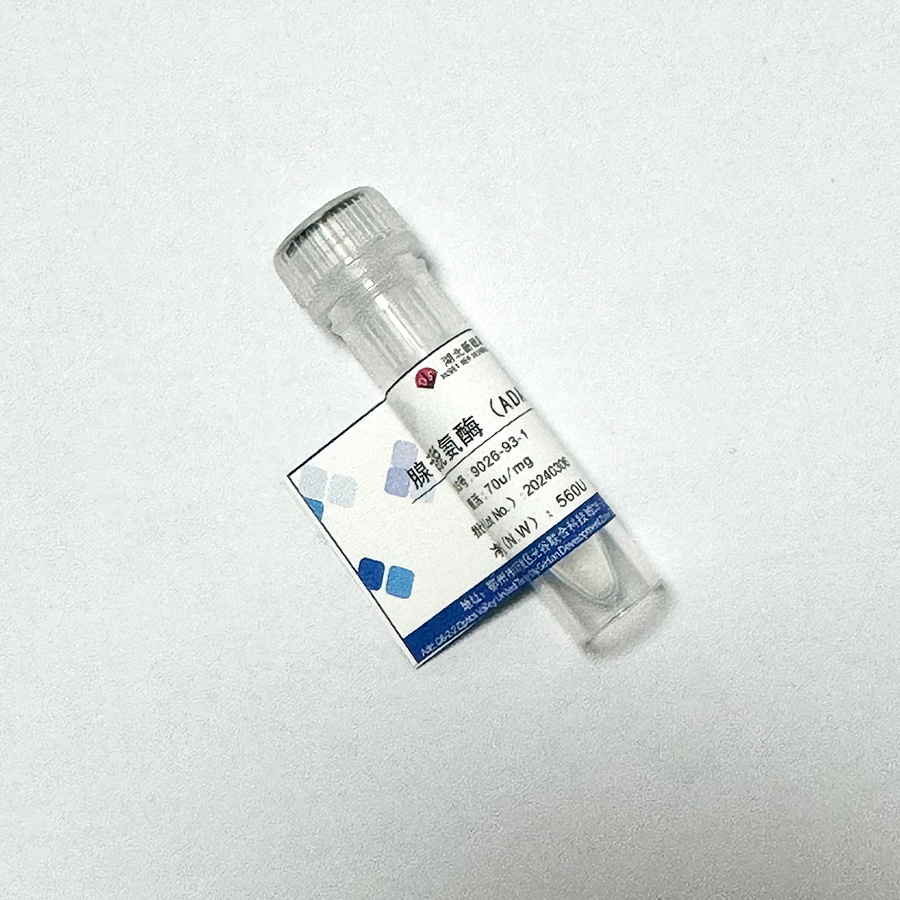Why aren't enzymes placed in a -80 ℃ freezer? Hidden 'University Questions'
Release time:
2025-05-03
In the field of biological research, enzymes play a crucial role as biocatalysts in numerous experiments. But in the process of preserving enzymes, careful researchers will find that enzymes are usually placed in a -20 ℃ refrigerator instead of a lower temperature -80 ℃ refrigerator, which hides many "big questions" behind it.

1、 The structural characteristics of enzymes and the influence of low temperature
Enzymes, substances produced by living cells, have a chemical nature of proteins or RNA. It has a complex first, second, third, and even fourth level structure. These structures are maintained through various chemical bonds between amino acid residues, which are key to the catalytic activity of enzymes. In an extremely low temperature environment of -80 ℃, although from the perspective of chemical reaction rate, enzyme activity may be inhibited due to a significant decrease in reaction rate, theoretically reducing enzyme activity consumption appears to be beneficial for long-term preservation. However, excessively low temperatures can bring unexpected damage. At such low temperatures, water quickly crystallizes to form ice crystals. These ice crystals may puncture the structure of enzyme proteins, causing the chemical bonds that maintain enzyme activity to break. Once these key chemical bonds are damaged, the spatial structure of the enzyme will change and it will be unable to perform its catalytic function normally.
2、 Low temperature changes of enzyme active centers
The active center of an enzyme is a specific region where the enzyme specifically binds to substrates and catalyzes reactions. Its structural and functional integrity is crucial for the activity of the enzyme. In a low-temperature environment of -80 ℃, the conformation of the active center is prone to change. Some amino acids that can flexibly bind to substrates at normal temperatures may become stiff at extremely low temperatures. This change directly affects the binding ability between the substrate and the active center. In enzyme catalyzed chemical reactions, the substrate needs to accurately "dock" at the active center of the enzyme in order for the reaction to occur smoothly. When the conformation of the active center changes, it is difficult for the substrate to find a suitable "docking point", and the chemical reaction cannot be initiated normally, leading to the loss of enzyme activity. In many biosynthetic reactions that require enzyme involvement, if the enzyme active center changes due to low temperature, the entire synthesis process will be hindered and the experimental results will be greatly discounted.
3、 Repeated freeze-thaw damage to enzymes
In the actual use of enzymes, it is inevitable to involve enzyme freezing and thawing operations. When the enzyme is removed from a low temperature environment of -80 ℃, it undergoes a process of heating and thawing. When ice crystals melt, they cause a change in the volume of the solution, which pulls or squeezes the structure of enzyme molecules, leading to their dissociation or structural distortion. Enzymes have adapted to specific ranges of ion concentrations and pH environments during long-term evolution. When these environmental factors exceed the enzyme's tolerance range during the freeze-thaw process, the enzyme's activity will inevitably be affected. In some enzymatic reactions that require specific pH conditions, pH fluctuations caused by freezing and thawing may prevent enzymes from functioning properly.
4、 Differences in Preservation between Special Enzymes and Conventional Enzymes
Indeed, there are some special enzymes in the biological world, such as extreme enzymes, which can maintain activity in extremely high or low temperature environments. These extreme enzymes typically originate from microorganisms living in extreme environments, and through long-term evolution, their structures and functions have adapted to extreme conditions. However, for most common enzymes, they do not possess such 'ability'. At -20 ℃, most enzymes can be stored relatively stably without the need for lower -80 ℃ temperatures. -20 ℃ can not only reduce enzyme activity to some extent, decrease its own activity consumption, but also avoid the structural damage risk caused by -80 ℃. In daily molecular biology experiments, Taq DNA polymerase used for DNA amplification can maintain good activity for a long time when stored at -20 ℃, meeting experimental requirements.

(Adenosine deaminase)
In daily laboratory operations, enzymes can be stored in a -20 ℃ freezer and protected with appropriate protectants to maintain their activity for a longer period of time. This storage method can meet the needs of daily use and avoid the problems caused by storage at -80 ℃. As a research and development manufacturer of enzyme preparation raw materials, Hubei Xindesheng has a complete range of products with high catalytic activity, suitable for various enzyme experiments. If you have purchasing needs, please feel free to contact us at any time!
Previous page
Previous page
Contact details
Contact number
Address: C8, Guanggu United Science and Technology City, Ezhou City, Hubei Province
Fax:0711-3704 589
Follow us



